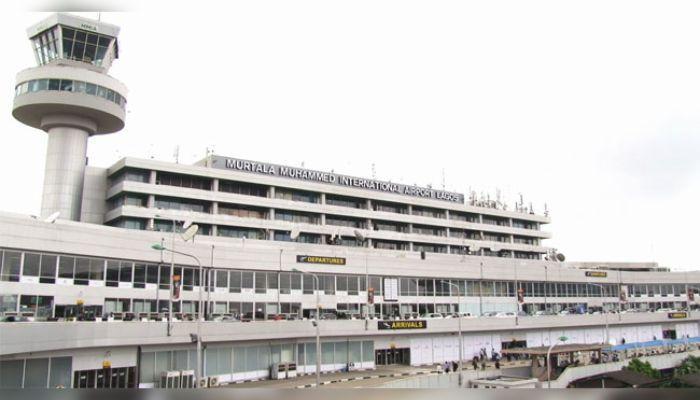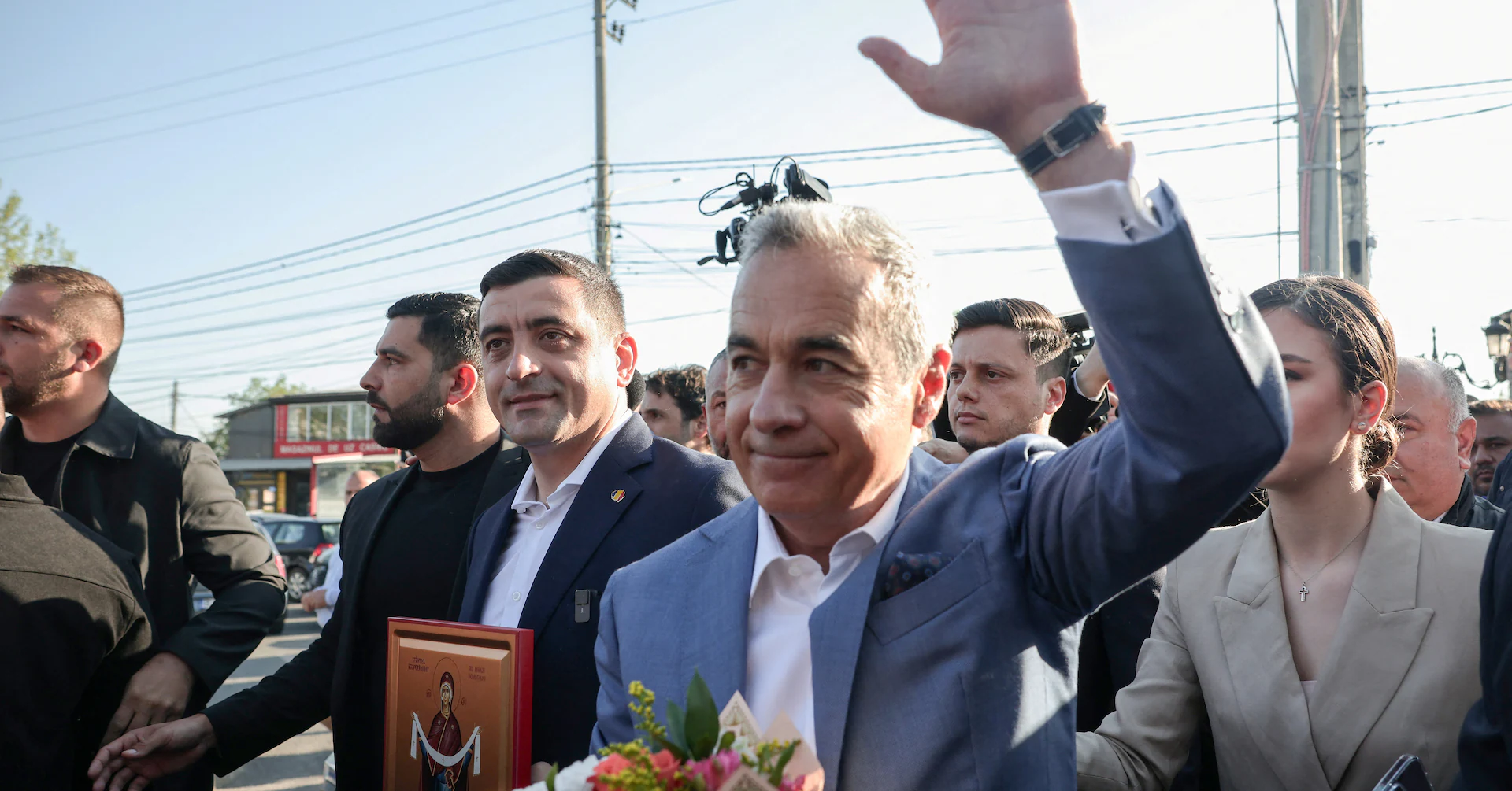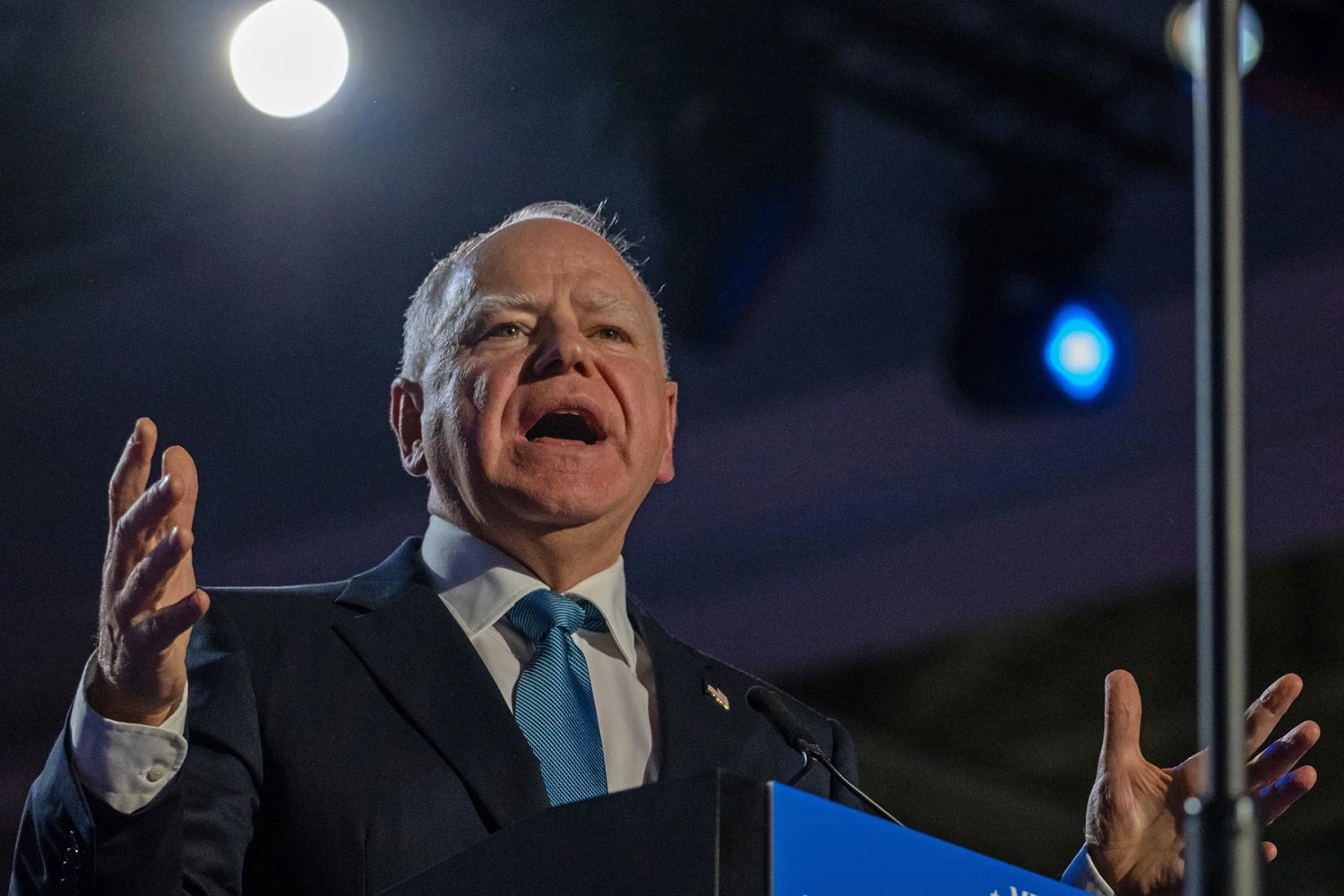By Ifeoma Okeke-Korieocha
Copyright businessday

The Federal Airports Authority of Nigeria (FAAN) has launched a N712bn overhaul of the Murtala Muhammed International Airport (MMIA) in Lagos, but aviation experts say the project must focus on fixing six defects in the Chinese-built terminals.
The ambitious plan includes demolishing the old terminals, integrating with newer facilities, and rebuilding key infrastructure such as access roads and passenger-handling systems to improve efficiency and travel experience.
As the upgrade commences, stakeholders are urging the contractor, China Civil Engineering Construction Corporation (CCECC), to seize this opportunity to address the structural challenges that have hindered the full utilisation of the new terminals. The Lagos Chinese terminal, in particular, has been beset by design flaws, including a misaligned positioning that has resulted in obstructions from power cables and private hangars, amongst others.
Read also: FAAN failure to insure Nigerian airports, hurting airlines Boyo
These issues have not only impeded airport operations but also necessitated costly demolition and relocation work to create the necessary apron space for aircraft.
Stakeholders are optimistic that with the right approach, the revamped MMIA can become a hub for regional and international travel, solidifying Lagos’ position as a major economic center in West Africa. However, if the technical defects are not addressed, the consequences could be dire, undermining the very purpose of the reconstruction efforts.
Olumide Ohunayo, industry analyst and director of research at Zenith Travels, highlighted four of the defects. He told BusinessDay that the Chinese-built terminal was poorly designed, with aircaft fingers too small to accomodate big aircraft and only one entrance and exit at the front.
“There is also no transit section in that terminal for passengers that are going outside Nigeria for connecting flights, which is inappropriate in these times.
“Also, there is no direct linkage to the car park for passengers for airport users, and many more aesthetics expected of a modern airport were missing,” Ohunayo said.
He advised that the upgraded terminal should correct all the defects.
Alex Nwuba, president, Aircraft Owners and Pilots Association of Nigeria, highlighted three issues, noting that the past efforts at the airport were just patchwork, which Festus Keyamo, the minister of Aviation and Aerospace Development, has chosen to correct.
“In the past, we used the wrong tiles, installed residential rather than commercial conveniences, and retained the old electrical and communications systems.,” Nwuba, a former CEO of Associated Airlines, said.
John Ojikutu, an aviation expert, told BusinessDay that the plans for the MMIA was to have four terminals, but political interference disrupted them.
“Before the projected date and before the second terminal was built for commissioning in 2019, the two wings of the terminal had been expanded by political office holders and not by the designated management authority. So, it was a second terminal by a political office holder,” he said.
BusinessDay’s findings show that the last Chinese terminal in Lagos was built at locations that obstructed vital airport infrastructure.
The terminal’s location blocked existing power cables, requiring expensive relocation efforts. The presence of private hangars, such as Dominion and EAN, occupied space needed for an expanded apron, preventing the use of avi-bridges for large aircraft.
Read also: FG moves to decarbonise Abuja Airport, targets net-zero emissions in operations
To rectify these placement issues and create sufficient apron space, FAAN had to consider demolishing existing private structures, leading to escalating costs and delays. These structural defects prevented the new terminals from being fully functional for several years after their supposed completion, as essential facilities like avi-bridges couldn’t be used.
Samuel Caulcrick, former rector of the Nigerian College of Aviation Technology (NCAT), highlighted three major issues, advising that the new upgrade must empower both able-bodied individuals and those with physical challenges, including passengers and airport workers, with ease of navigation.
“It is essential to create not just conveniences like ample toilets but also to establish distinct dining spaces that are thoughtfully positioned away from the bustling check-in areas, ensuring a truly enriching travel experience,” Caulcrick said.



